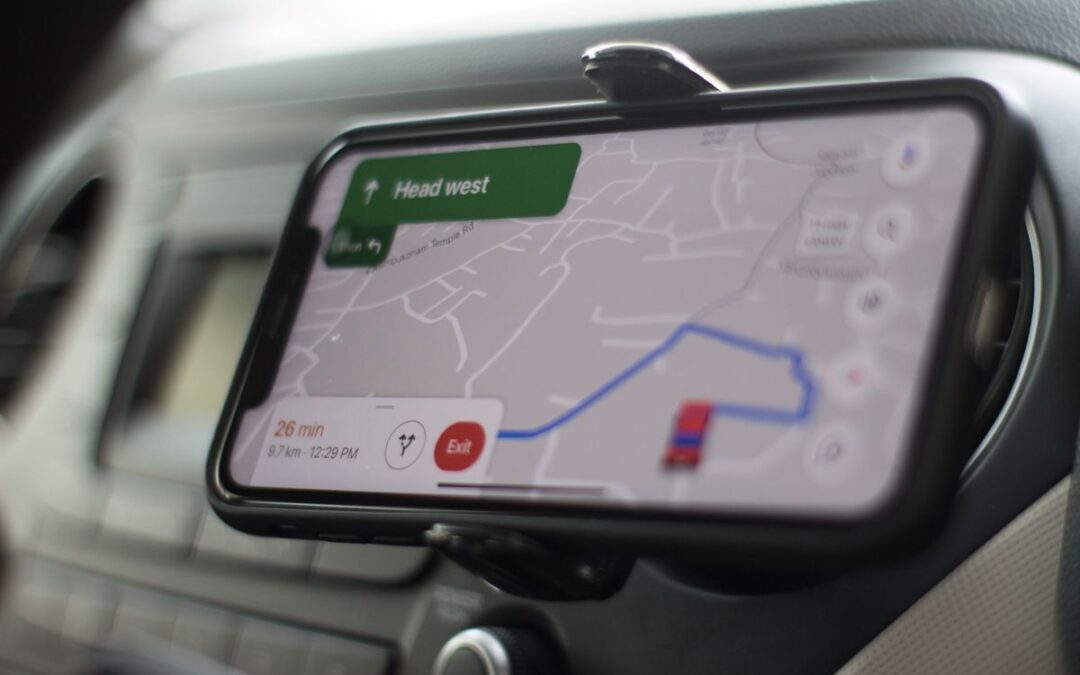Five years ago, Georgia took a significant step towards ensuring safer roads by enacting the Hands-Free Georgia Act. This law, which prohibits drivers from physically holding or supporting any wireless telecommunication device while driving, was hailed as a game-changer. But half a decade later, has it lived up to its promise? Let’s take a deep dive into the impact of Georgia’s Hands-Free Law and evaluate its effectiveness.
The Genesis of the Hands-Free Law
Georgia’s decision to implement the Hands-Free Law was driven by a concerning rise in road accidents, many of which were attributed to distracted driving. With the proliferation of smartphones and the increasing reliance on them for navigation, communication, and entertainment, the state saw a pressing need to curb this dangerous behavior.
The Specifics of the Law
For those unfamiliar, the Hands-Free Georgia Act prohibits drivers from:
- Holding or supporting a phone with any part of their body.
- Writing, sending, or reading any text-based communication.
- Watching or recording videos (excluding dash cams).
- Using apps or software, like social media or streaming platforms.
However, the law does allow for voice-to-text communication, the use of GPS navigation, and hands-free calling.
The Impact on Road Safety
Since the law’s implementation, Georgia has seen a notable decrease in road accidents attributed to distracted driving. According to the Georgia Department of Transportation, there was an initial drop in traffic fatalities in the year following the law’s enactment. This was a promising sign, suggesting that drivers were heeding the new regulations and prioritizing safety.
Public Reception and Compliance
The law was met with mixed reactions. While many Georgians appreciated the state’s proactive approach to road safety, others felt it was an overreach. However, over time, as hands-free devices became more accessible and affordable, public sentiment shifted towards acceptance.
Law enforcement agencies across the state reported a surge in citations related to the Hands-Free Law in its initial months. This was expected, as with any new law. However, over the years, the number of citations has steadily decreased, indicating growing compliance among Georgia’s drivers.
The Challenges and Loopholes
No law is without its challenges, and the Hands-Free Georgia Act is no exception. One significant challenge has been the difficulty in enforcing the law. Distinguishing between a driver who is dialing a phone (which is allowed) and one who is sending a text (which isn’t) can be tricky from a patrol car’s vantage point.
Moreover, some drivers have found loopholes, such as using smartwatches, which technically aren’t covered under the law. These devices can be just as distracting, if not more so, than smartphones.
Comparative Analysis with Other States
Georgia isn’t the only state to implement a hands-free law. Comparing Georgia’s road safety statistics with states that have similar laws can provide insights into its effectiveness. While many variables come into play, states with hands-free laws, on average, tend to have lower rates of accidents resulting from distracted driving than those without.
Is the Law Working?
The million-dollar question: Is Georgia’s Hands-Free Law working? The answer isn’t black and white.
Pros:
- There has been a reduction in the number of accidents attributed to distracted driving since the law’s implementation.
- Public awareness about the dangers of using phones while driving has increased.
- The number of citations related to the law has decreased over the years, suggesting better compliance.
Cons:
- Enforcing the law remains a challenge.
- Loopholes allow for other distracting behaviors.
- Some argue that the reduction in accidents might be influenced by other factors, such as improved road infrastructure or safer car models.
The Road Ahead
While the Hands-Free Georgia Act has made commendable strides in promoting road safety, there’s always room for improvement. The state of Georgia could consider:
- Regularly updating the law to cover new technologies and devices.
- Launching public awareness campaigns to reinforce the dangers of distracted driving.
- Collaborating with tech companies to develop solutions that minimize distractions.
Conclusion
Five years on, Georgia’s Hands-Free Law stands as a testament to the state’s commitment to road safety. While challenges persist, the law has undeniably made a positive impact. As technology evolves and our reliance on devices grows, it’s crucial for laws like this to adapt and ensure that safety remains a top priority on Georgia’s roads.

